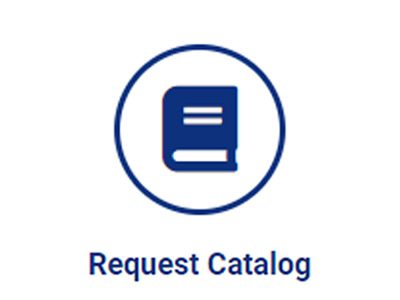“Coulometric TCO2 Analyses for Marine Studies; An Introduction” Marine Chemistry 16 (1985): 61-62
Johnson, Kenneth M., Arthur E. King, and John McN. Sieburth
KENNETH M. JOHNSON1, ARTHUR E. KING2* AND JOHN SIEBURTH 1Graduate School of Oceanography, University of Rhode Island Bay Campus, Narragansett, RI 02882 (U.S.A) 2Coulometrics, Inc. 4965 Independence Street, Wheat Ridge, CO 80033 (U.S.A.) (Received March 20, 1984; revision accepted November 22, 1984)ABSTRACTJohnson, K.M., King, A.E. and Sieburth, J. McN., 1985. Coulometric TCO2 analyses for marine studies; an introduction. Mar. Chem., 16: 61 – 82.Progress in the introduction of coulometry for the analysis of total carbon dioxide (TCO2) in marine waters is described. An extractor – stripper removes CO2 that is measures coulometrically by the quantity of electricity (coulombs) used to electro-generate OH-ions for the titration of the acid formed by the reaction of CO2 and ethanolamine. The equivalence point is detected photometrically with thymolpthalein as the indicator, and Faraday’s Law relates coulombs to equivalents of titrant generated and CO2 determined so that there are no standard curves needed or titrants to standardize or store. Accuracy was determined by adding gelatin capsules containing 100 – 1500 µg C of pure CaCO3 into the stripper, and accuracies of better than ±1µg C were achieved. The best precision for natural seawater (± 1 standard error) of ±0.5 µmoll-1 was found for 17 samples of Bermuda coastal waters having a mean TCO2 of 2007.2 µmoll-1 (0.05% CV). Sources of error and precautions are discussed. This method, which has been used successfully at sea, can be used to study a variety of marine phenomena involving TCO2.INTRODUCTIONDiel studies of total carbon dioxide (TCO2) variation in marine waters (Burney et al., 1981; Johnson et al., 1981, 1983b) were limited by the precision and accuracy of the infrared (IR) detector. To overcome these limitations, we have developed and tested a system for stripping TCO2 from large volumes of seawater which is titrated coulometrically. The system consists of a sampling pipet, CO2 extractor – stripper, scrubbers, and a coulometer (with glass electrolytic cell) that was designed to analyze samples containing ≥ 1000 µg of inorganic carbon with a precision and accuracy of ±1 µg C (≤ 0.1%).Based on Faraday’s Laws, the coulometric titration was invented by Szebellédy and Somogyi (1938), and descriptions of the technique may be found in the works of Lingane (1958), Sawyer and Roberts (1974), and Skoog and West (1976). In coulometry the electricity required to convert all



